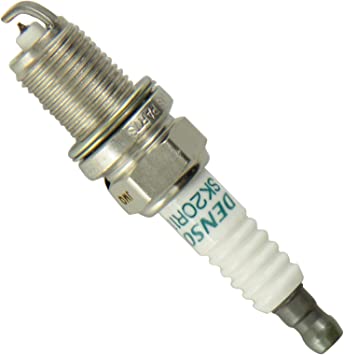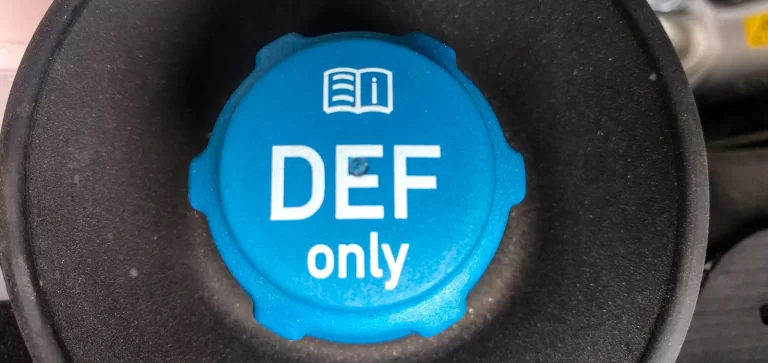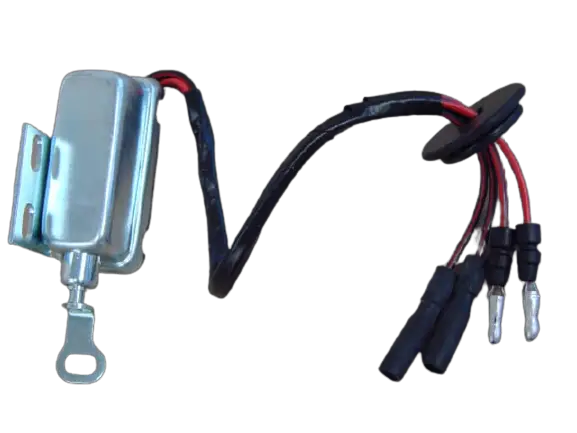Can a Bad Battery Cause Limp Mode?
There might be a variety of problems when your car battery fails. Specific electrical features might not operate, and it might be difficult to start your engine after a long rest.
Is a bad battery a cause of limp mode? Many people claim that a bad battery can cause limp mode.
The automobile’s battery is the electrical system’s source of electricity. All of the car’s vital sensors were managed by it.
The limp mode can be triggered if a bad battery leaves them inoperable. If you replace your battery and reset your vehicle’s computer, you might be able to get out of limp mode.
The limp mode in your car is a big problem. It happens when you can’t restart your engine while you are driving.
You may ask if a faulty battery causes the limp mode, but the two issues are not related.
In this article, we will talk about how a bad battery can cause limp mode and why your car enters limp mode. Please read on to learn more!
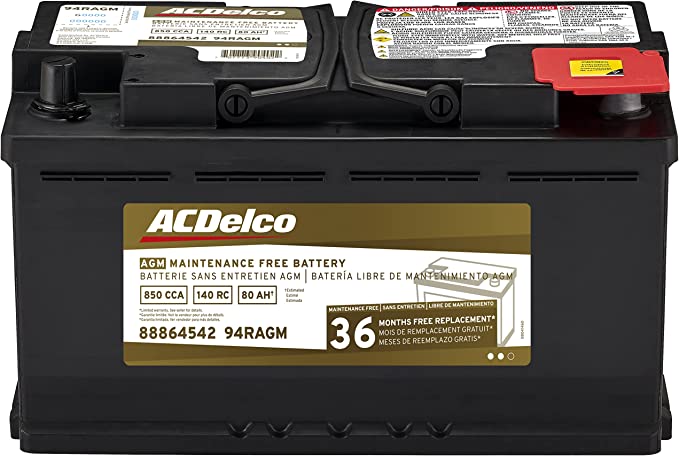
What Is Limp Mode?
If you are unfamiliar with limp mode, it is a safety function triggered if there is a problem with your engine control unit or transmission system.
Several automobile features are temporarily disabled, such as your air conditioning and windshield wipers.
The limp mode is a safety function in modern vehicles that aims to prevent further damage to your other automotive components.
The limp mode can be triggered by a faulty battery if the power supply to your car’s computer fails.
If the computer system fails, it will give incorrect signals to your engine, and it might also illuminate your check engine light.
The engine and transmission are two of the most important parts of your car.
The operation and integrity of your car might be in danger if a problem occurs. Several engines and transmission issues are not being diagnosed.
This is where limp mode can be utilized. If an issue is detected, your car’s electronics will run diagnostics on the car.
Unessential electrical components will be disabled, and it will restrict your maximum speed. No matter how you depress your gas pedal, your vehicle’s acceleration will seem sluggish.
Your dashboard will display an activated limp mode warning light, even though everything else seems to be working correctly.
You must find the nearest auto repair shop and fix limp mode immediately to save time and money.
How Can A Bad Battery Trigger Limp Mode?
The computers in automobiles are very sensitive to fluctuations in voltage. The majority of a car’s operations rely on electricity.
The limp mode can be activated if your battery loses power, even though the main job of limp mode is to engage when your transmission or engine isn’t functioning properly.
It is possible to power vehicles with bad batteries, but the voltage can become unstable. There are a variety of issues that can be created by a fluctuating voltage.
The limp mode is activated to prevent the unsteady voltage from causing harm to your vehicle’s many components.
Since a faulty battery could leave you stranded, the limp mode isn’t suitable for you to run your car with a dying battery.
They can use their last resort to push the car or use enough slant on the road to start the engine, which automatic transmission cars can’t do unless they have a manual transmission vehicle.
Signs Your Battery Is Bad
If you have a battery problem, you can end up being stranded somewhere. If you observe the following symptoms, you know you have a problem with your battery.
Hard Starting
If you notice that your engine is taking longer to start than usual, that’s a sign. A bad battery is the most likely reason for the problem.
The spark is provided by the battery in the internal combustion engines. It can be difficult to start if your engine’s power is not strong.
Engine Noises
During the winter, it is normal to hear a noise while starting your car and changing your keys. Your car’s ignition coil is the source of it.
The power that your battery gives to the solenoid helps it to start. The solenoid coil vibrates and emits metallic sounds when the voltage is insufficient.
Slow Electrical Response
The power to your car’s electronic systems and components comes from your alternator, which is a charging system. Your battery must also have power from your alternator.
The electrical components respond poorly or not at all when the vehicle is in operation. There are slow power windows and wipers.
Excessive Cranking
Your vehicle will not start after your battery dies. If you want to start your car, press your gas pedal while turning the key. Loud sounds will be produced by your engine in this situation.
The noise coming from the engine head is coming from the crankshaft. The unburned fuel builds in the cylinder because the spark plugs are slow.
There is a chance that a bad battery could be the problem.
Dim Headlights
Dim headlights are the most unambiguous indication possible. If your headlights flicker and take a long time to adjust, this is an indication that they are too dark.
It’s a sign that your battery is dying and you should replace it immediately.
Is It Possible for a Leaking Battery Acid Trigger Limp Mode?
Data flow between your car and its computer can be disrupted when the acid solution in your battery leaks.
The disruption might be seen by the software as a transmission failure, making your vehicle limp.
Even though the batteries are in good working order, your vehicle can enter limp mode. Do you know if your battery is leaking acid?
Is It Possible To Disconnect The Battery To Reset Limp Mode?
Yes, you can’t. The limp mode cannot be reset by plugging in your battery. There is a chance that the limp mode may persist even if you replace the whole battery.
A faulty battery could be the reason for limp mode activation.
The reason is not the main one. When there is an issue with your automobile’s engine or transmission, there is a chance of a limp mode.
A faulty battery can affect transmission and engine sensors.
The engine speed sensor, the mass airflow sensor, the Manifold absolute pressure sensor, the oxygen sensor, and the exhaust sensor are some of the engine sensors.
Your transmission system has a lot of different sensors. The transmission control sensor, the powertrain control module, and the throttle position sensor are included.
The electrical network led by your battery is included in all of these sensors. Your vehicle enters limp mode if your battery fails, and the performance of all sensors is affected.
It is more than just a mechanical Scan that restricts the operation of your automobile since the ECU engages limp mode.
The only thing that has an effect is just replacing the battery. If you want to disengage limp mode, you need to have your car tested by an expert.
How To Get Out Of Limp Mode?
To stop limp mode, the root cause is the most effective technique.
If your engine, transmission, or battery is malfunctioning, identify and fix it as quickly as possible to get the vehicle back on track.
If you’re looking for a quick fix for limp mode, consider the following.
Switch Off And Restart
You may be able to resolve the majority of automobile issues in this way. After you discover that your vehicle is in limp mode, switch it off for about five minutes.
During this period, the components can have a rest and get cool. The engine needs to be started again after that.
The computer system of the car needs to be able to reset and disengage limp mode after the restart.
It might be difficult to start and switch off your car if you have a malfunctioning battery.
Inspect All Fluids
It is a good idea to check your vehicle’s fluid levels. The power steering fluid, engine oil, transmission fluid, and brake fluid are some of the things that are included.
If you drive an automatic transmission, the transmission fluid is the most important component.
Make sure that the fluids are in excellent condition and level, and examine them for any quirks. It might be time to change them if they haven’t done so in a long time.
Examine The Wires
Faulty wiring is one of the most common causes of limp mode. If your wires are bent or damaged, you need to replace them quickly.
You might need the help of an expert to fix wiring issues.
Determine The Problem And Reset Limp Mode
You will need to figure out what triggered your vehicle to enter limp mode if all of these fail. A scanning device that can diagnose the issue must be included in the package.
If your battery is the cause of the problem, you need to replace it immediately. It shouldn’t be difficult to reset limp mode if you own an OBD scanning device.
After you turn off your vehicle’s engine, attach the scanning device. The problematic codes will be determined by conducting the scans.
If you can find the meaning of the error messages on the internet, then you can clear them. The limp mode would be disabled and the regular vehicle restored to working order.
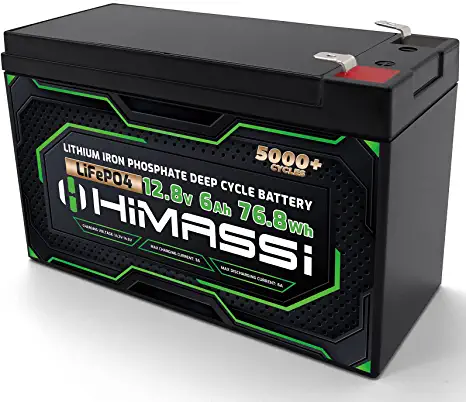
Conclusion
If you feel that your vehicle is suffering limp mode problems, and nothing else seems to be amiss, you should check your battery.
If your battery is found to be the cause, you should replace it immediately.
If this doesn’t address the situation, you need to conclude that your car has an underlying problem.
Some car owners believe that a faulty throttle body or an out-of-whack valve timing system may cause limp mode.

Truck driver by profession, automotive lover by heart. Ricky is the main publisher and editor at Truckile.com sharing his life-long knowledge and experience in the auto industry and truck driving!

